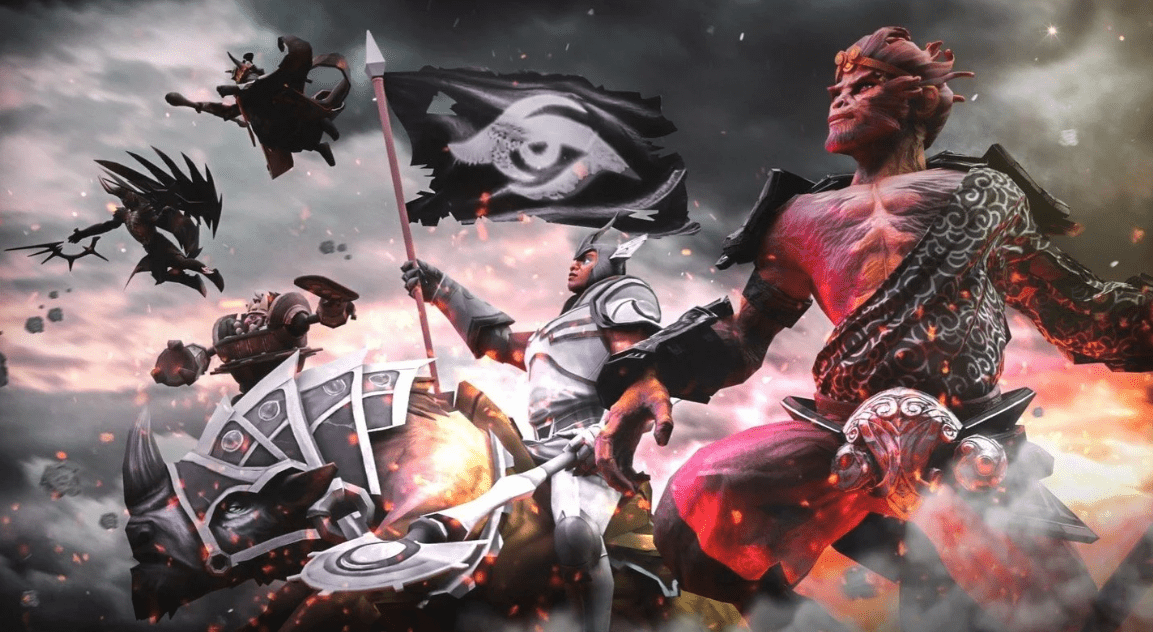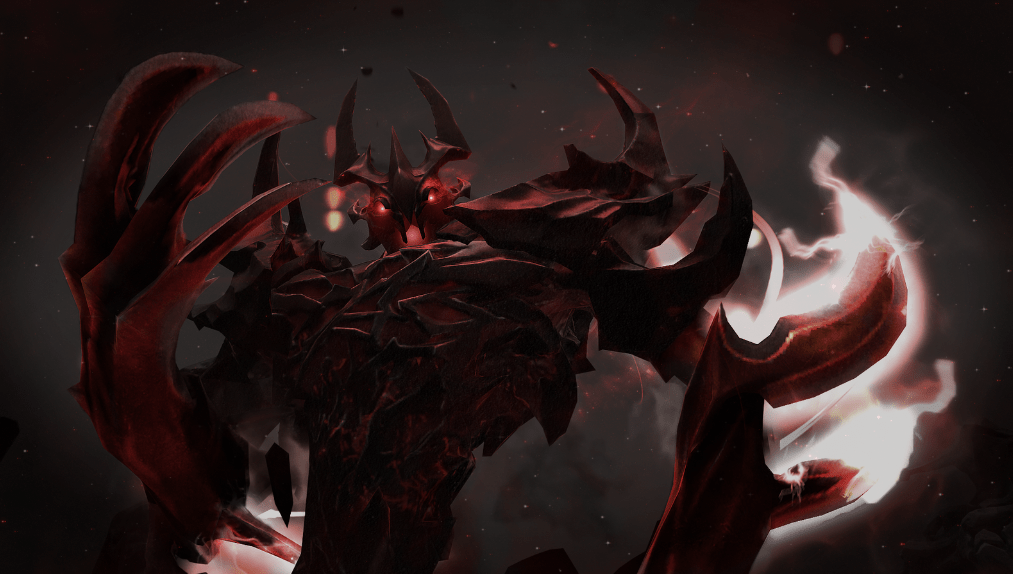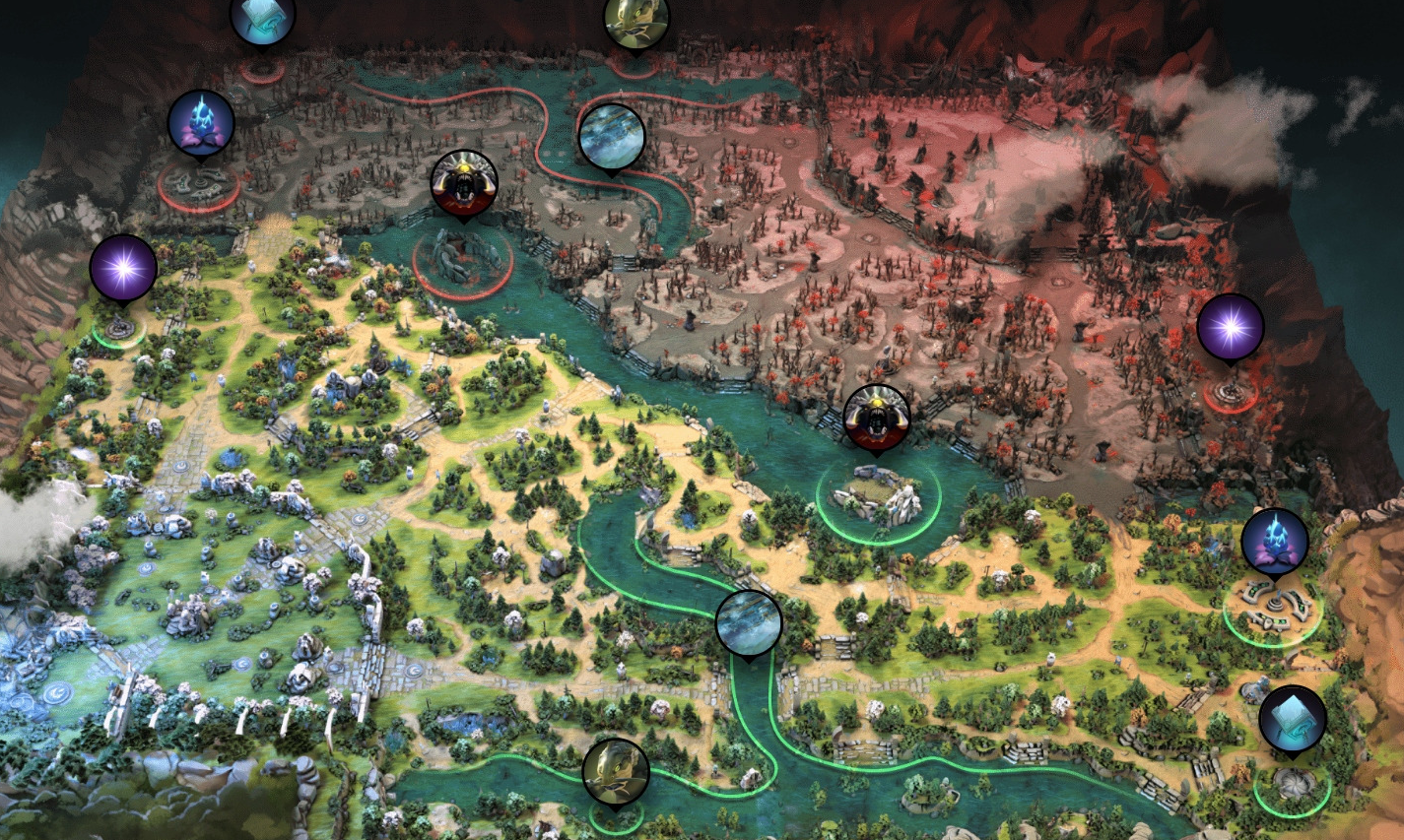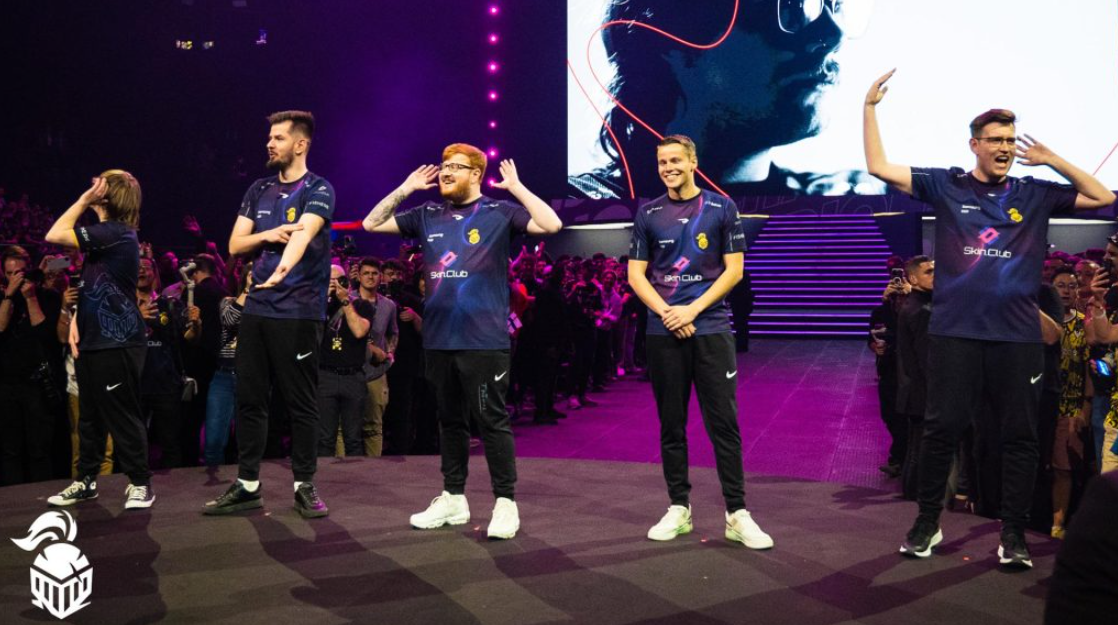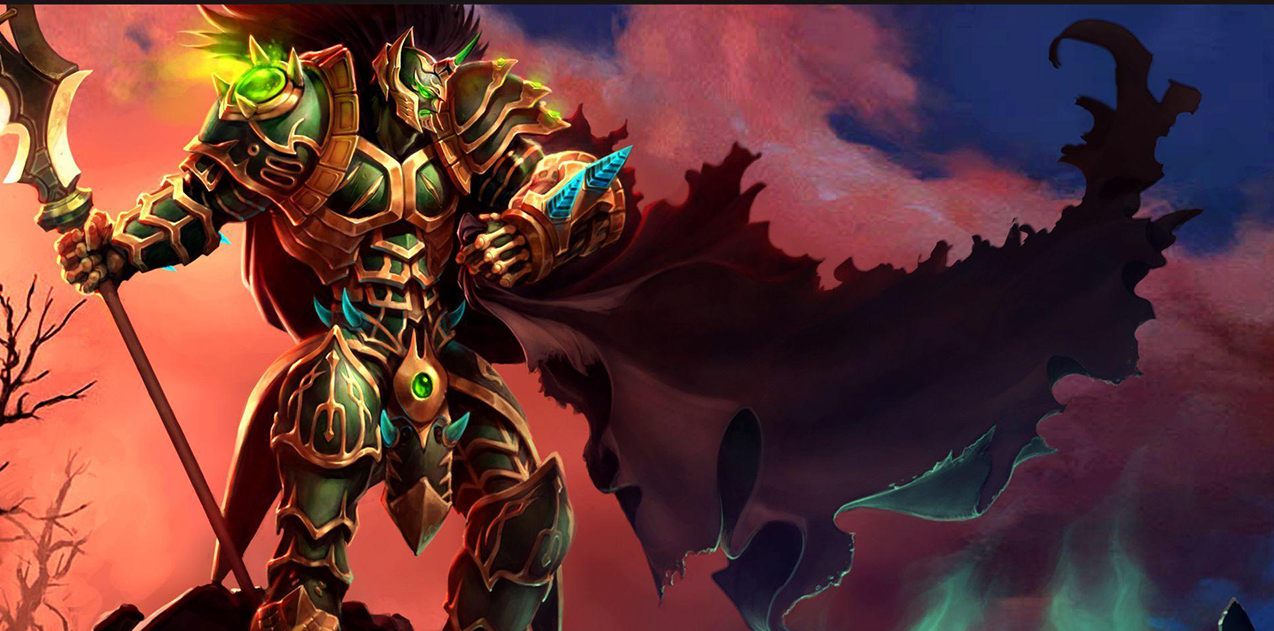Professionals cannot play Dota 2 due to ban on smurf accounts
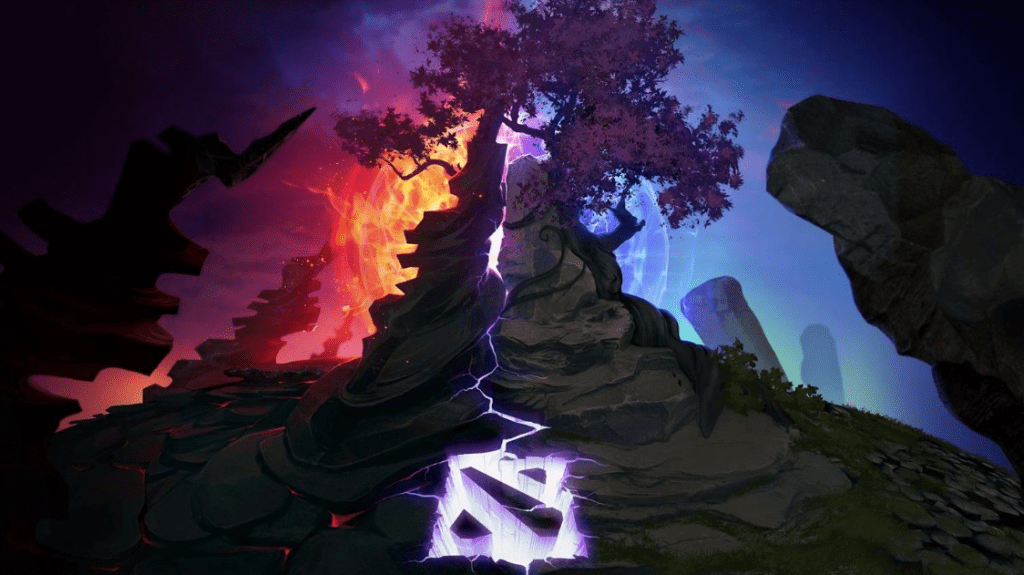
Valve has left the Dota 2 community stunned with its recent crackdown on smurfing. In the last couple of days, several renowned professional players had their smurf accounts suspended, causing quite a stir. In response, ESL swiftly modified its rules, granting permission for further penalties to be imposed in the event of any violations.
Table of Contents
Esports players who are banned for smurfing cannot participate in tournaments
Ever since StingeR’s disqualification during the DreamLeague qualifiers, Dota 2 enthusiasts have been pondering the potential impact of these bans on players’ careers in the professional scene. While there is some uncertainty surrounding this issue, the recent rule change implemented by ESL could potentially result in players being unable to participate in tournaments.
Following Valve’s extensive bans targeting smurfing, ESL has made amendments to the Dota 2 tournament regulations. As a result, ESL now possesses the authority to deny a player’s participation in a tournament if they are listed as banned by Valve. It is possible for a VAC ban to be reversed if it is unrelated to issues in competitive matchmaking. This reversal is contingent upon the player using a new account with a clean status and not having raised suspicions of account sharing in the past.
While the new rules enable ESL to take parallel action against violators alongside Valve, it is likely that the tournament organizer will maintain close communication with the game developer before initiating another wave of bans. In previous years, when Valve predominantly organized events, an account ban could have severe consequences for players.
There exists some margin for error within the new rules, and the classification of the bans themselves will play a crucial role in this regard. Smurfing and account sharing have faced significant criticism within the professional Dota 2 community. However, professional players have consistently argued in favor of these practices, citing long queue times as a justification. Amidst the smurfing ban wave, even Amer “Miracle-” Al-Barkawi lost access to his alternate account, which was ranked among the top 15. It appears that Valve does not prioritize ranks and matchmaking ratings, aiming to encourage all players to compete on a single account without exceptions.
They break the rules and complain
Professional Dota 2 players have recently encountered difficulties accessing their alternate accounts, which has hindered their ability to play ranked matches. This issue was brought up by Seleri and Ace on Twitter and other platforms.
Two players from the Gaimin Gladiators team had planned to play a ranked match together, but they faced an obstacle when the queue times exceeded 90 minutes in their search for a match. Just a few months ago, they could have easily played together using their lower matchmaking rating (MMR) smurf accounts.
The significant event that triggered these changes occurred on January 15 when a prominent Dota 2 star from South America was banned by Valve during the DreamLeague qualifiers. This ban was a consequence of violating the rules regarding account sharing and creating smurf accounts. Subsequently, the organization itself responded by expressing their disapproval of having such players in their lineup. In response to these incidents, Valve proceeded to ban the majority of smurf accounts belonging to professional Dota 2 players, as the developer aimed to enforce a policy of each player having only one account.
Valve has banned almost all smurf accounts
While some professional players disagreed with these decisions, others were willing to comply with the new rules. However, the negative repercussions of these changes soon became apparent. Even if top players decide to play solo, it can take over 40 minutes to find a match. This is primarily due to the fact that, in most cases, only a small pool of 10-15 high-ranking players are actively searching for a match at any given time.
When only 10 players are matched, the rest of the player pool must wait until the ongoing match is completed before the matchmaking system can find 10 more players to start a second match. In other games facing similar issues, various leagues and platforms like Faceit often provide alternative solutions to facilitate gameplay for players.
These alternative methods allow professionals to gather and play games among themselves, and they have been a part of the professional Dota 2 gaming ecosystem since the mid-2010s. However, it seems that Valve has taken measures to discourage top players from engaging in matches through the game client.
